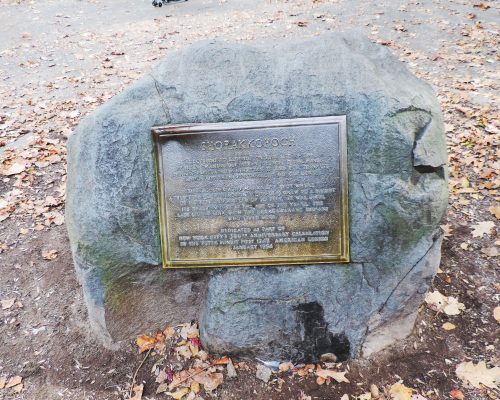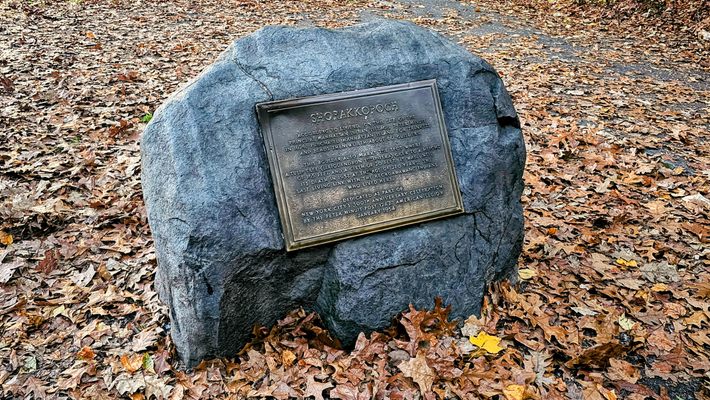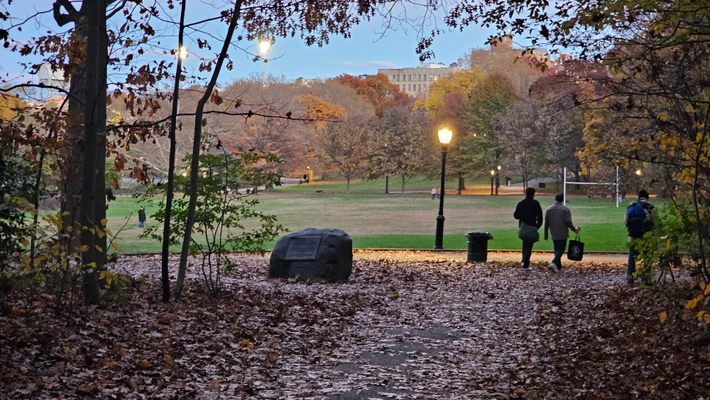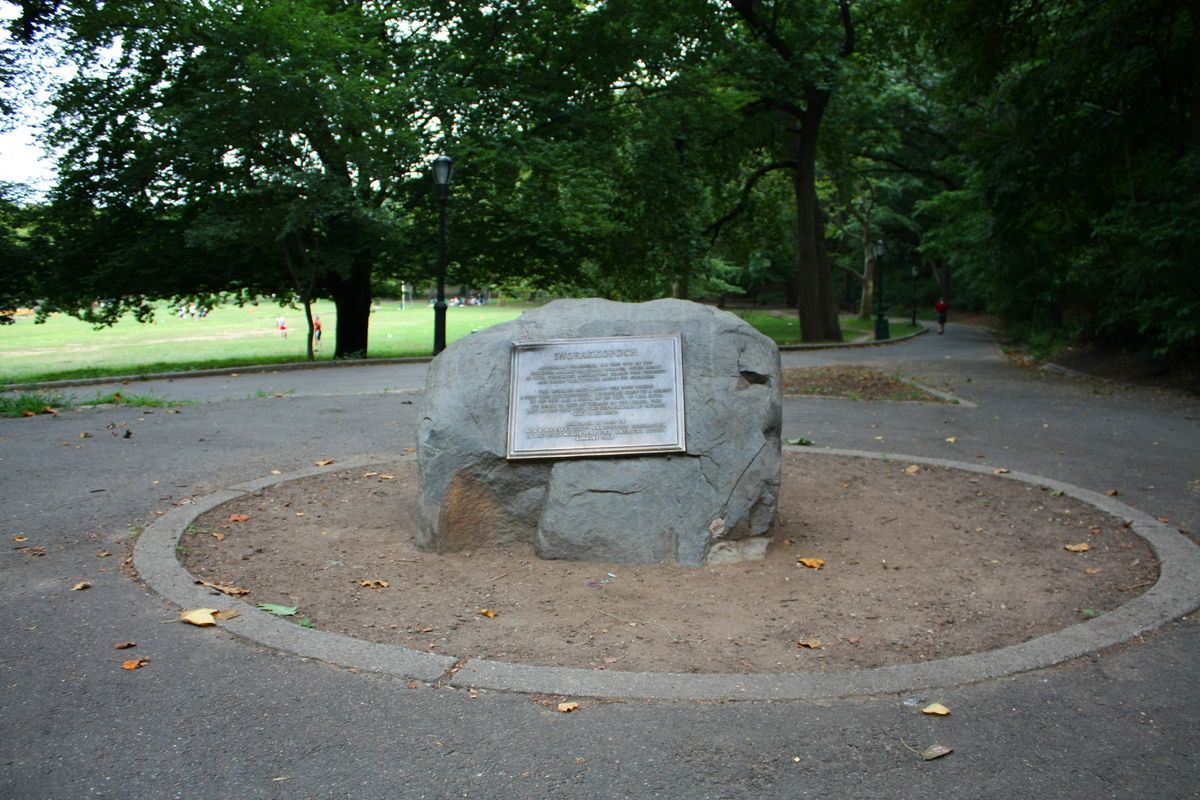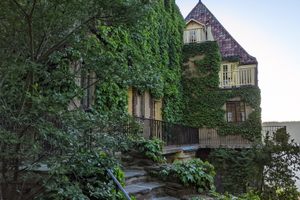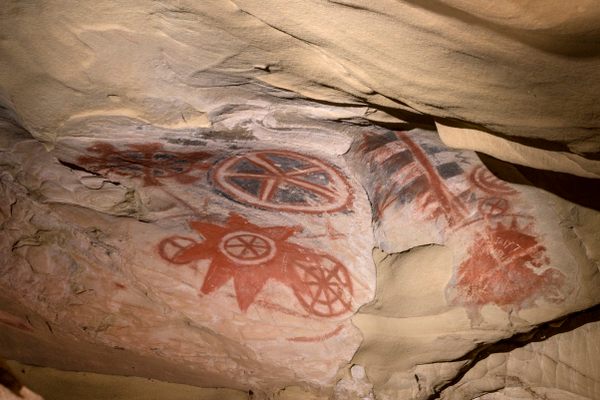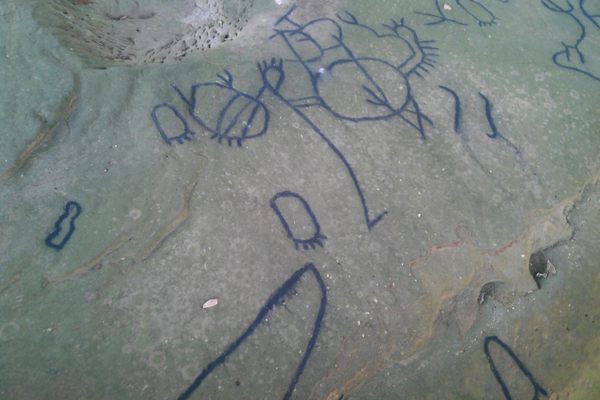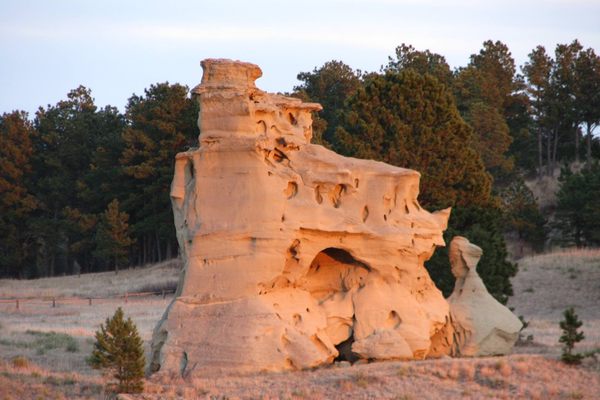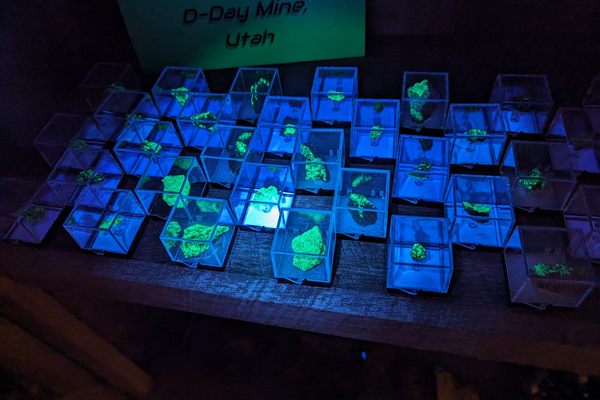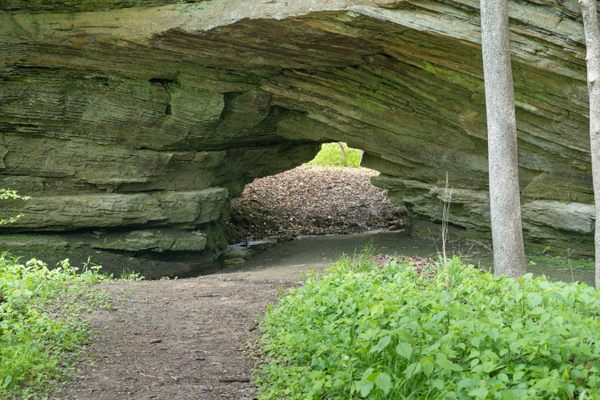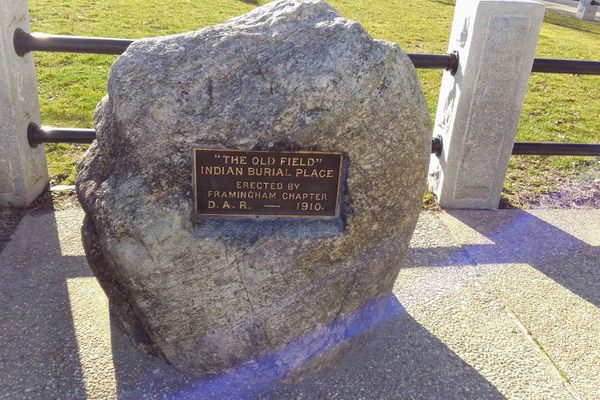About
Just steps away from Spuyten Duyvil Creek and the northern tip of Manhattan, there once was a tulip tree that stood for at least 280 years. During those nearly three centuries, the tree bore witness to a lot of things, as the local Lenape tribe used the area as a camp during the summer months. Eventually, those Native Americans would be joined by a new group: The Dutch, who were establishing New Netherland.
The colony was established in 1614 by the Dutch West India Company (WIC). In 1626, Peter Minuit was appointed director and tasked with creating a capital for New Netherland. Their original choice, the Delaware River, was plagued by mosquitos in the summer and froze over in the winter. So Minuit made the decision to place the new capital on the island of Manhattan instead, then known in the Munsee dialect as manaháhtaan, the "place where we get our bows."
Dutch West India Company policy dictated that all land must be purchased from its native owners. The story goes that underneath that tulip tree, Minuit struck a deal with Seyseys, the leader of the Canarsee tribe, to the tune of 60 guilders' worth of goods, such as glass beads—worth about $24 at the time. (The actual treaty has never been located.)
It might have seemed like a fine deal, as glass beads were relatively rare in the Americas at that time and, more importantly, the Canarsee were led to believe they were trading the right to use the land. Granting exclusive rights to it would have been hard for them to do, as the northern parts of the island were actually controlled by the Wiechquaesgeck.
The Indigenous people viewed land as a resource to be used, often concurrently by several different tribes, rather than owned outright by any one group. The Dutch assumed they were buying an exclusive right to the land when they had actually paid for the right to use the land alongside its existing inhabitants. In the years that followed, differing concepts of ownership between the Lenape and the Dutch settlers led to conflict and eventually to the Lenape being pushed out of their land entirely.
As for the tulip tree, it grew to 165 feet with a diameter of 51 inches and stood until the 20th century. Unfortunately, the plant’s health began to decline. Though the Parks Department tried desperately to save it by patching its rotting insides with cement and putting a protective fence around it, the tree fell victim to a storm in 1938. The stump stood for years before it too was removed, and the American Legion, Peter Minuit Post 1247, dedicated a large boulder with a plaque in its place.
Related Tags
Know Before You Go
Take the 1 train to 215th Street and enter the park at the intersection of West 214th Street and Indian Road. Follow the path that runs along the water and eventually you'll reach the rock on the far side of a large open field. If you continue along the path to the left and head southwest, you'll eventually pass the Indian Caves on your right.
Published
July 5, 2019
Sources
- https://en.wikipedia.org/wiki/Peter_Minuit
- https://repository.si.edu/bitstream/handle/10088/16790/anth_Manhattan.pdf
- https://untappedcities.com/2016/11/18/top-10-secrets-of-inwood-hill-park-nyc/
- https://untappedcities.com/2018/09/10/inwood-hills-secret-native-american-caves/
- https://nycsca.org/Community/Public-Art-for-Public-Schools/Collection/ID/79
- https://www.huffpost.com/entry/keep-the-change-the-beads_b_8534044
- https://www.newnetherlandinstitute.org/history-and-heritage/digital-exhibitions/the-dutch-among-the-natives-american-indian-dutch-relations-1609-1664/the-dutch-among-the-natives-american-indian-dutch-relations-1609-16642/

